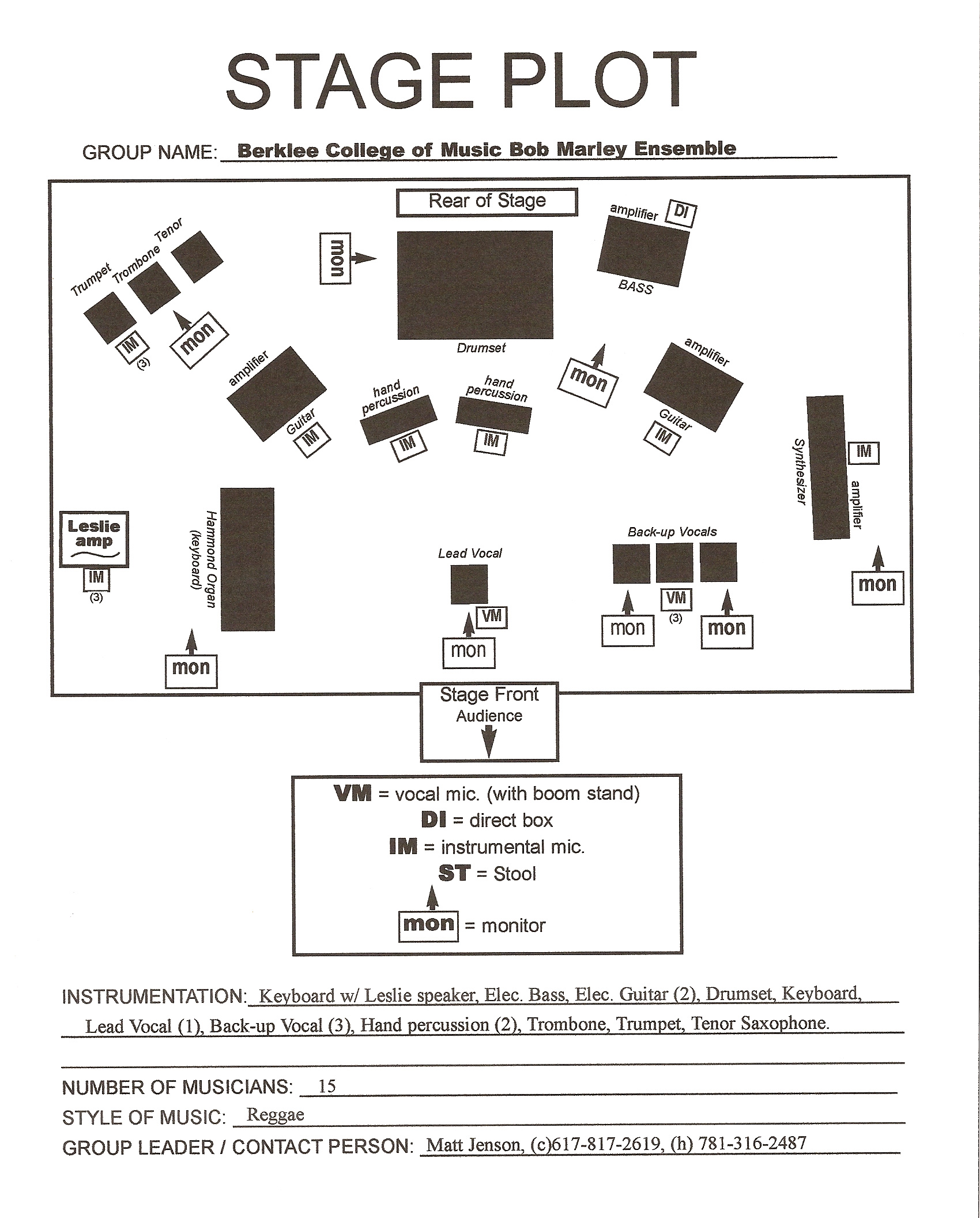
Always refer to the manufacturer specifications when hanging a stage light fixture. Many light fixtures will use only one clamp, but some will use two. Typically, all fixtures are attached to steel pipe or truss with lighting clamps.
#Stage plot pro safe professional
Make sure when your light fixtures are going in the air that they are flown by a qualified professional with the right hardware and equipment. Now that you understand the lighting gear and equipment and can envision how you want the stage to look, what next? Here are a few stage lighting techniques and guidelines on how and where to hang your fixtures to get the look you desire.įirst and foremost, any time you are hanging light fixtures, the most important thing is safety. With just these light fixtures, you can create a professional show and provide almost any look you can imagine. These are just a handful of the fixture types in the lighting world but are among the most common and widely used. If you’re unfamiliar with some of these lighting terms, check out our Glossary of Basic Lighting Terms - for Musicians! Stage Lighting Fixtures Here’s a short guide to the lighting instruments (fixtures or units) in the lighting designer’s tool kit. Now let’s discuss how we accomplish stage lighting goals by defining the tools of the trade. That covers the purposes of stage lighting.
Light effects can sculpt actors and musicians and make them seem larger-than-life, drawing them into the foreground and setting them apart from a two-dimensional stage. Whether it’s music, a story, a dramatic interpretation - good stage lighting can elevate the performance through the use of color, angles, intensity, and effects. Light systems can reinforce the mood or action of a performance. A play or performance set in the distant past can use dim stage lighting to mimic the time period when interiors were illuminated by candles. Stage lighting design can create plausibility or reality to draw an audience into a time period and out of the hall or auditorium where they presently reside. Where is the focus on the stage? What should be highlighted? What should be de-emphasized? Consider all the pieces and their priorities when creating a composition and painting the stage with light. 

Lights need to enhance and balance all the components of a stage performance.It’s a creative process that hopefully supports a story or song.

There are no hard-and-fast rules to create mood.
Lights, especially stage lights, allow us to create a mood or craft an atmosphere for a concert or performance. Visible wavelengths of light are required for us to see. Have you ever watched a performance or production in a cave, completely absent of light? Of course not. To begin the journey of crafting stage light as a performance-enhancing tool, let’s start with the rudiments of light. The same way that a musician must master scales and rhythms on a musical instrument, mastery of light demands an understanding of lighting instruments and their purposes. But before you can rise to the level of artful expression, you must master the fundamentals of stage lighting. The performance of light, just like music and sound, can be an art form. And with creative forethought, those wavelengths and their combinations can be creatively arranged to enhance moods. And just like sound, the waves can be chaotic or ordered, random or thoughtful. Just like sound consists of waves that are received by our ears, light is simply higher-frequency wavelengths that are received and interpreted by our eyes.







 0 kommentar(er)
0 kommentar(er)
